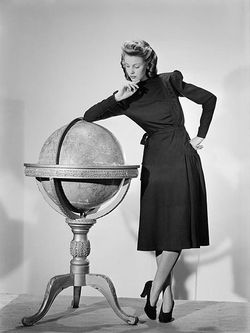 -dress may only have 2 pockets -No metal or leather buttons -No boys under 13 could wear long trousers -All embroidery and lace were banned -Jackets and coats could hove only 3 pockets -No double breasted Jackets and coats -Trousers could not be cuffed -No shirring, rushing, boning or fancy stitching was allowed a 1940's 'Utility dress'
So considering that all, you might want to respect the 1940's women for keeping a sense of style and grace under these conditions. And it made the way for later generations to start wearing more practical clothing. Everything was influenced by the war. Not in the least music was. To keep up moral for the men at the front. This song by Gene Krupa and Anita O'Day is a fine example.
0 Comments
Your comment will be posted after it is approved.
Leave a Reply. |
Sunny van Zijst
I am maker of vintage inspired couture. I was trained as a designer for theater costumes. Now I enjoy making vintage inspired clothing for men and women. Archives
July 2023
|
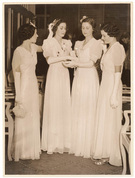
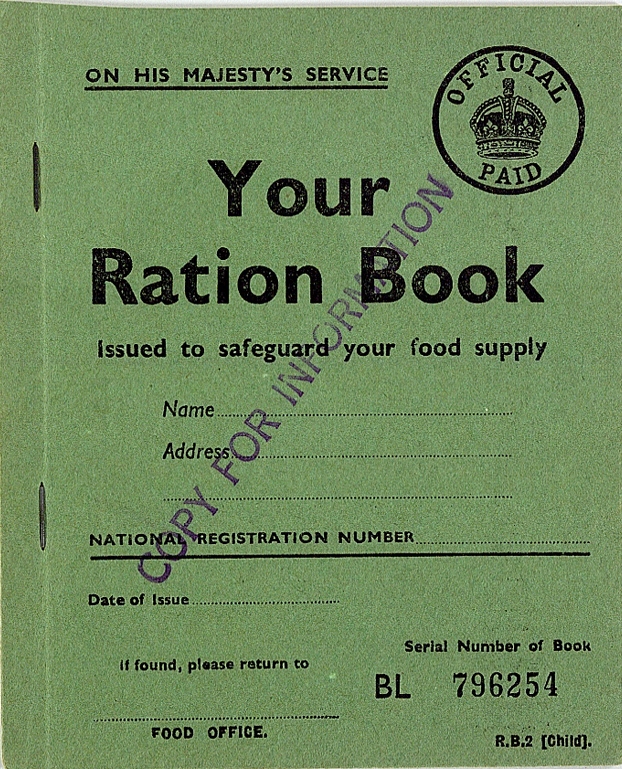
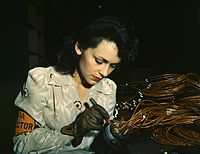
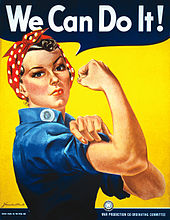
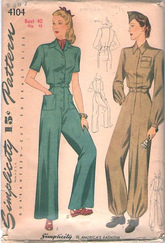
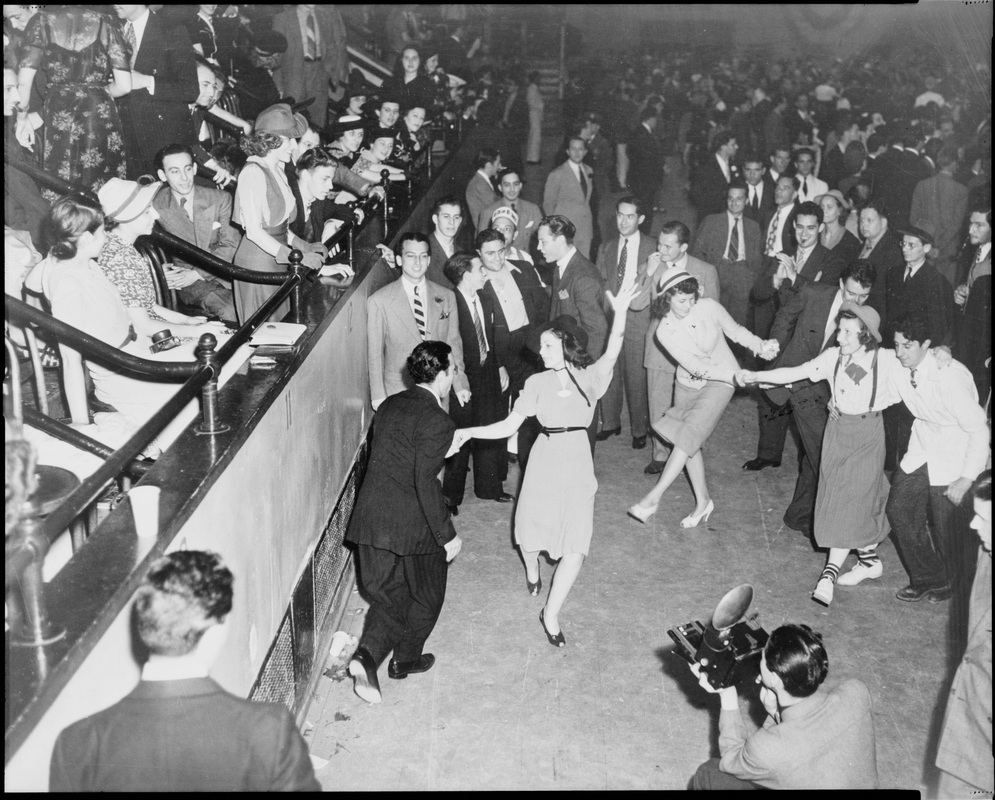
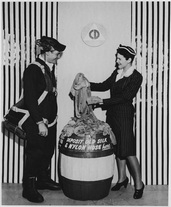


 RSS Feed
RSS Feed
